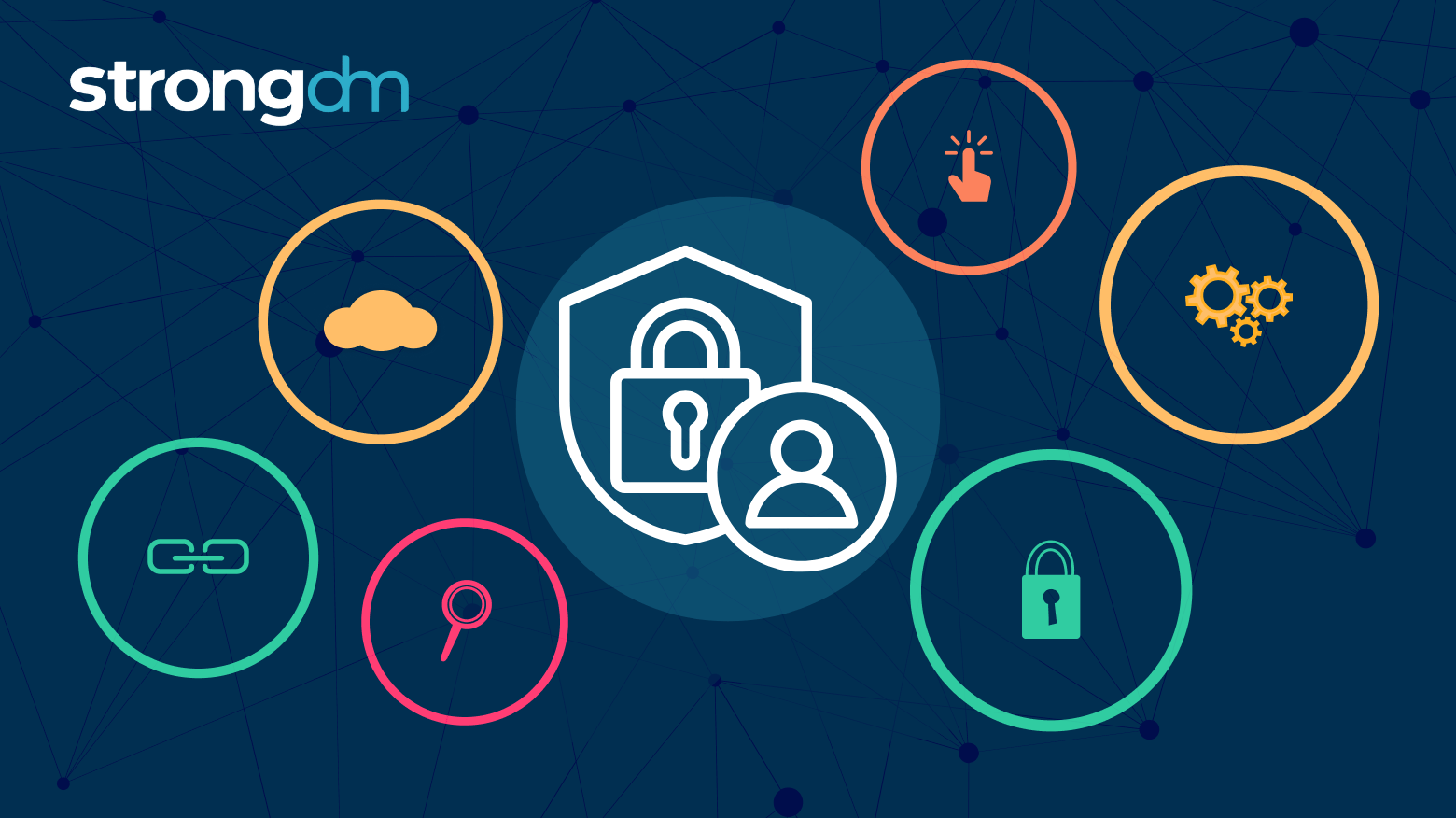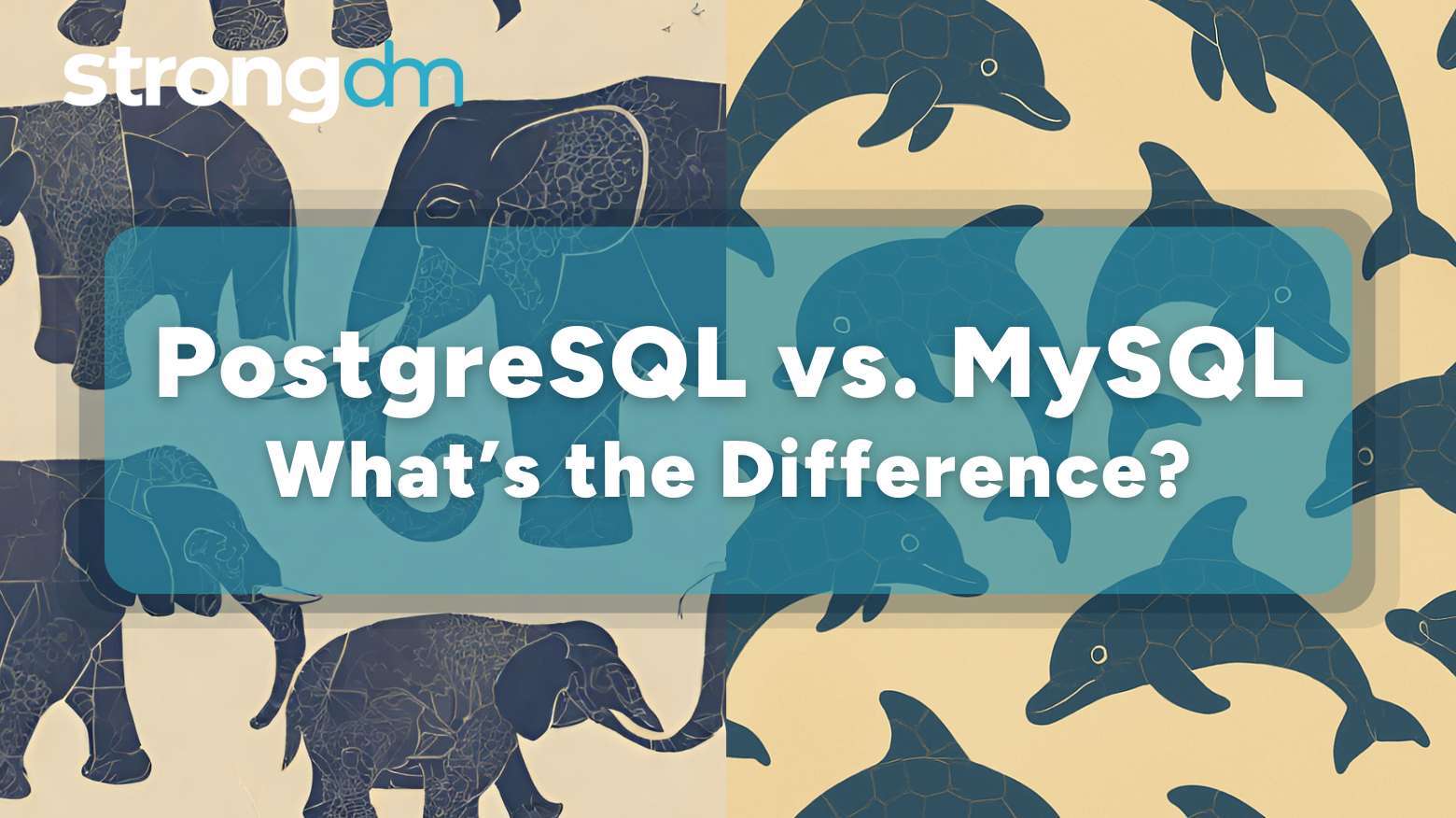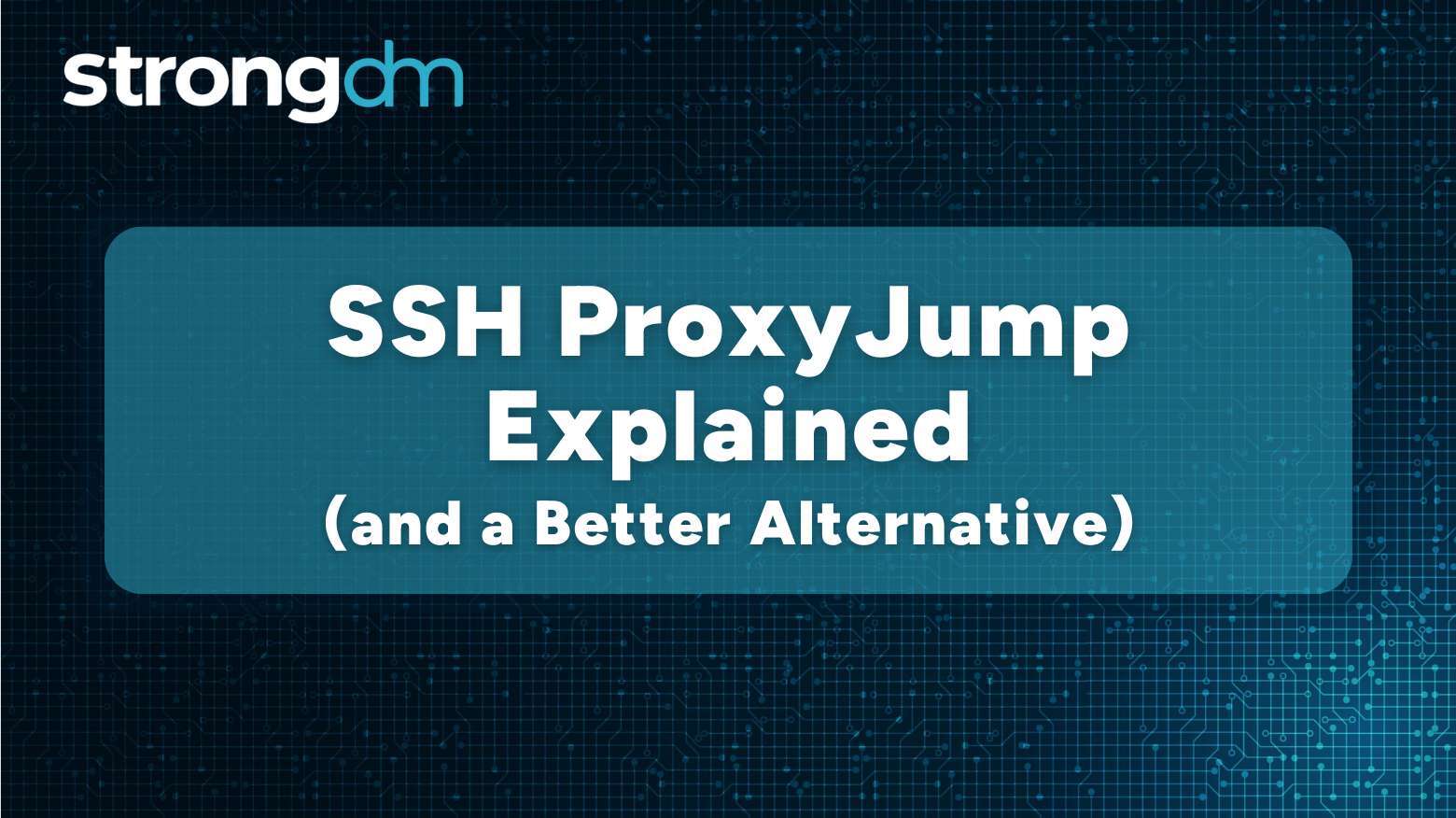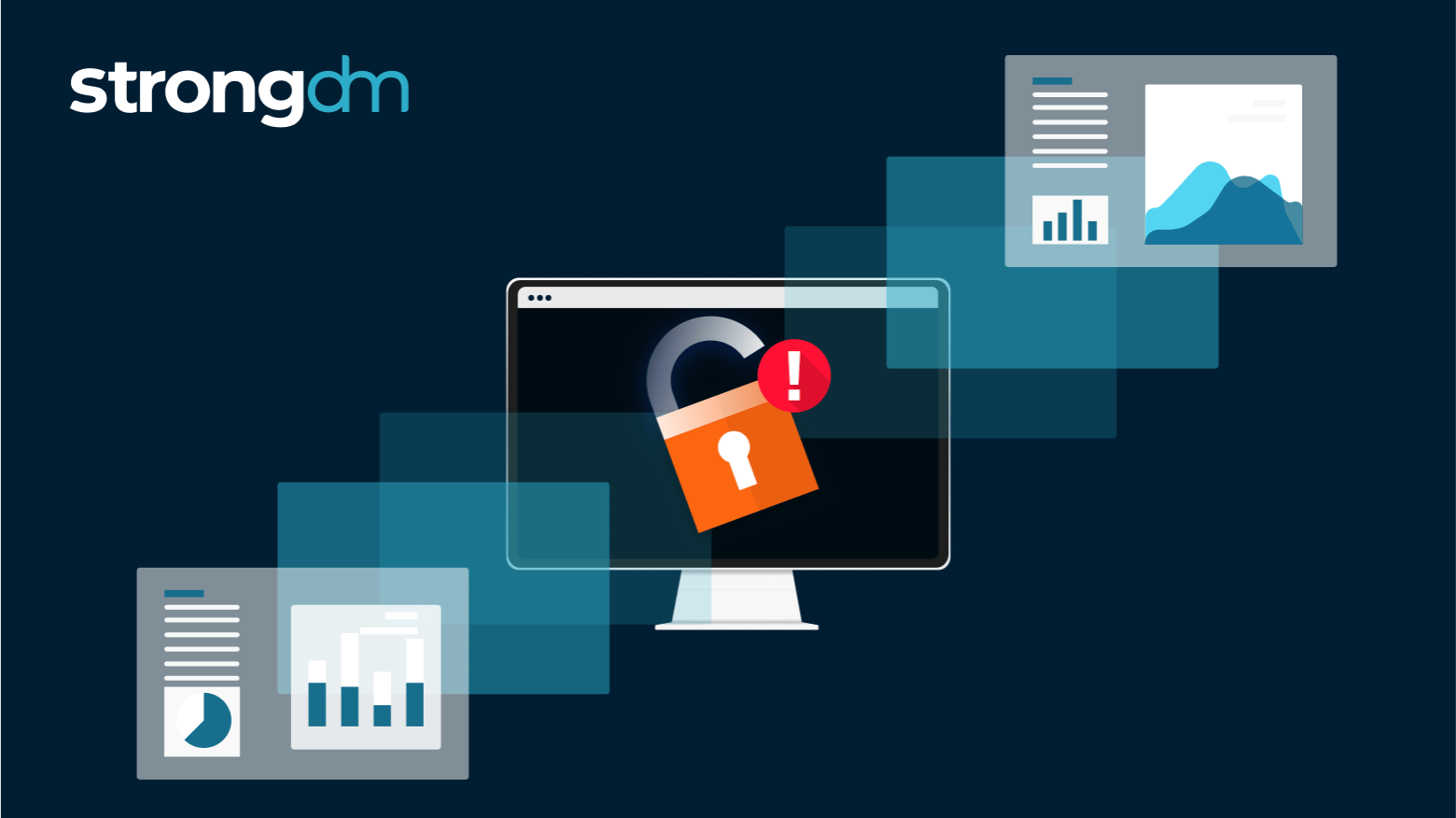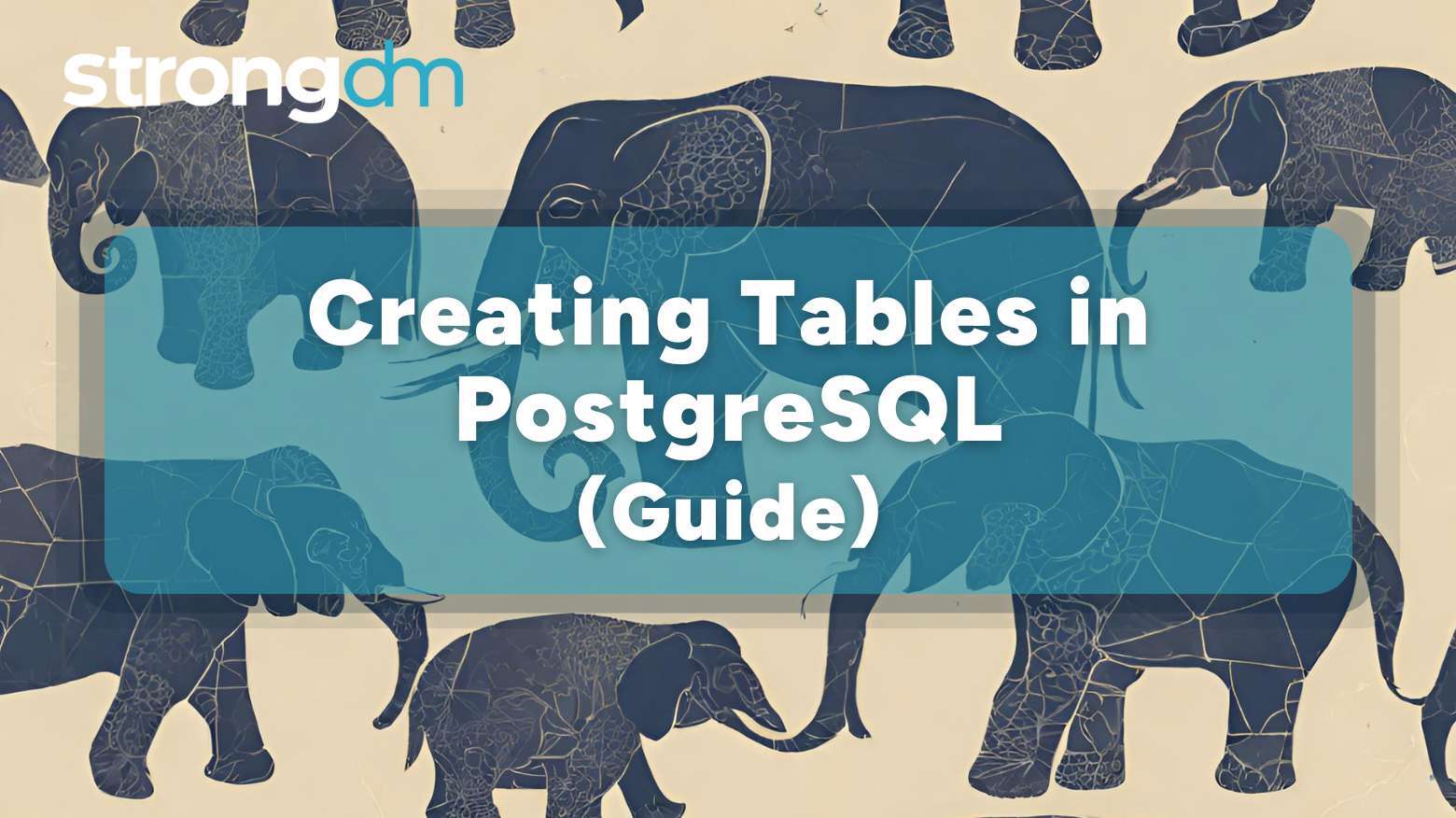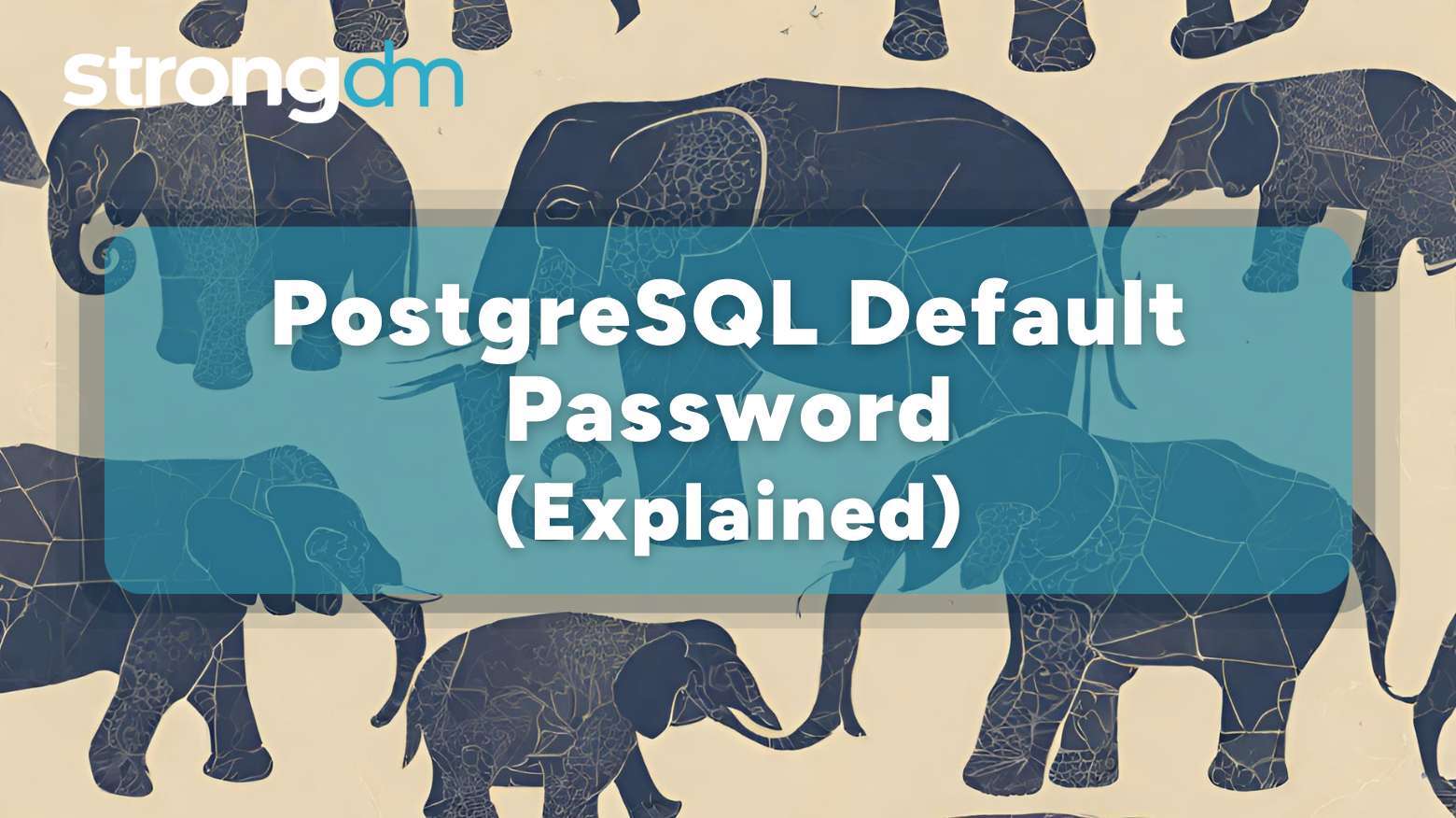The terms “multi-cloud” and “hybrid cloud” are often used interchangeably, but they solve very different problems. Multi-cloud uses multiple public cloud providers. A hybrid cloud blends public cloud with private or on-prem infrastructure. Your goals, compliance needs, and existing architecture determine which is right for you.



